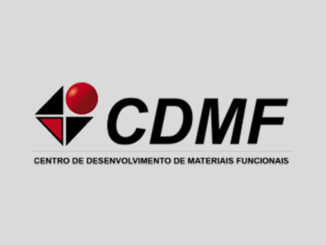
A building blocks strategy for preparing photocatalytically active anatase TiO2/rutile SnO2 heterostructures by hydrothermal annealing
Abstract: Effective heterostructures for photocatalysis need to present good electron-hole mobility among phases, a feature that is only attained with satisfactory interface quality. For very small sizes and with a stable colloidal state, the oriented attachment mechanism can be used to prepare suitable structures by means of a building blocks strategy, whereby preformed nanoparticles are used to control the desired amount of each phase in the heterostructure. Here, we show the success of this strategy for anatase TiO2/rutile SnO2 heterostructures, applying conventional hydrothermal annealing, where successive collisions among particles increase the probability of oriented attachment. The photodegradation of Rhodamine B in water under UV radiation was used as a probe reaction to evaluate formation of the heterostructure, as indicated by an increase in photoactivity. Increased heterostructure photoactivity was related to heterojunction formation and charge separation. The increased lifetimes of the photogenerated charges, due to heterojunction formation, enabled them to reach the oxides surface and promote photocatalytic reactions. The insights presented here may be used in a rationalized synthesis method to obtain heterostructures from preformed nanocrystals.
Author(s): de Mendonca, VR (de Mendonca, Vagner Romito)[ 1 ] ; Avansi, W (Avansi, Waldir, Jr.)[ 2 ] ; Arenal, R (Arenal, Raul)[ 3,4 ] ; Ribeiro, C (Ribeiro, Caue)[ 5 ]
JOURNAL OF COLLOID AND INTERFACE SCIENCE
Volume: 505 | Pages: 454-459 | Published: NOV 2017
DOI: 10.1016/j.jcis.2017.06.024




